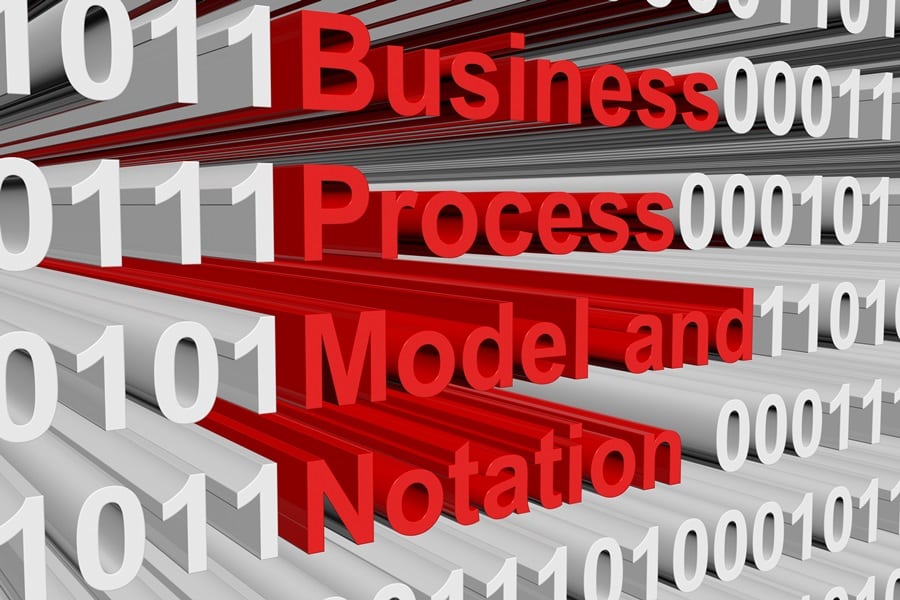Process models describe how businesses conduct their operations. They typically include graphical depictions of at least the activities, events, and control flow logic that constitute a business process. Process models are designed using so-called process modelling languages (sometimes called notations or techniques) i.e., sets of graphical constructs and rules on how to combine these constructs.
Business Process Model and Notation (BPMN) is the world-renowned standard for process modelling and one of the most important components of successful business-IT alignment. The primary goal of BPMN is to provide a notation that is readily understandable by all business users, from the business analysts who create the initial drafts of the processes, to the technical developers responsible for implementing the technology that will perform those processes, and finally, to the business people who will manage and monitor those processes. Thus, BPMN creates a standardized bridge for the gap between the business process design and process implementation.
BPMN provides a notation that is readily understandable by all business users.
BPMN is not owned by an individual enterprise but by an institution the Object Management Group (OMG), already well established through other world-wide standards, e.g., UML. The standard is supported by many software products and widely adopted by modelers and IT vendors.
BPMN’s unique capabilities come from ways in which it differs from traditional flowcharting:
- Formal Specification – BPMN is based on a formal specification. It has rules that govern the use of each shape, what may connect to what. Thus, a BPMN model can be validated, and many BPMN tools can do that in one click of the mouse
- Events – An event is “something that happens” while the process is underway. BPMN lets you visualise event-trigger behaviour in the diagram itself (e.g. customer calls to change the order, a system is down, etc.)
- Collaboration – BPMN describes how the process fits in the global environment. Those communications between the process and external entities like the customer or external service providers, are represented by the dashed connector, called a message flow
BPMN provides businesses with the capability of understanding their internal business procedures in a graphical notation and gives organizations the ability to communicate these procedures in a standard manner. In addition, it provides a standard XML interchange format for the transfer of process and interaction models, and detailed visual information, between modelling tools.
Empowering business people to manage their own processes is critical to the evolution of Business Process Management (BPM), and BPMN provides that – not the executable code, but the precise flow logic that code would have to implement. BPMN can take your BPM initiative all the way to the execution stage of the process life cycle.
The BPMN Specification can be found here.







